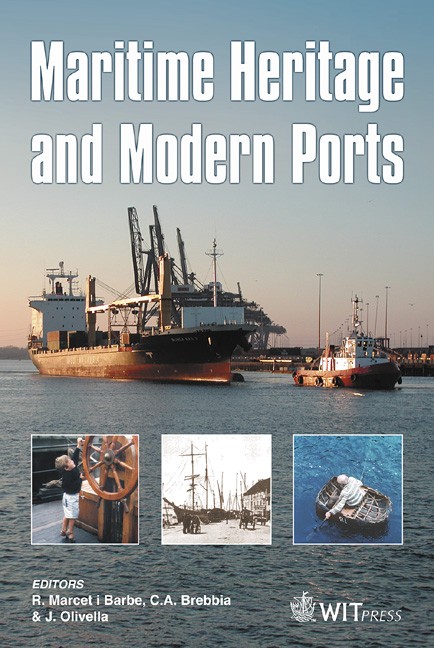Intermodal Technology Implementation: The Key For The Functioning Of Port A System
Price
Free (open access)
Transaction
Volume
79
Pages
6
Published
2005
Size
293 kb
Paper DOI
10.2495/MH050311
Copyright
WIT Press
Author(s)
D. Badanjak & N. Brnjac
Abstract
Transferring freight transport from road to rail is one of the objectives of transport policy in Europe and a main concern in national and European policy. According to the White Paper on the Future of the Common Transport Policy, the development of Combined Transport should be encouraged as a cheaper and more financially attractive mode of transportation that will result in the transfer of freight haulage from road to the more environmentally responsible rail and water transport modes. The aim of this work is to analyse the development and integration of new technologies for the improvement of intermodal transport operations on intermodal ports and terminals. Innovative transhipment techniques and the impact on interoperability for transport means and equipment will be the priority area. Results of this paper link with the project ITIP of the European Committee. The objectives of this report are: • the survey and collection of data and technical information about different loading units adopted by the market and analysis of the problems related to their utilisation within innovative techniques (selection and adaptation). Using intermodal information technologies should also help intermodal ports and terminals in maintaining or attracting additional traffic, since the competition for business is as fierce among ports and terminals as it is among carriers and enterprises. This research will provide a better understanding of how intermodal information technologies relate to the port industry. Keywords: port system, intermodal transport, intermodal technologies, cargo flow, port access.
Keywords
port system, intermodal transport, intermodal technologies, cargo flow, port access.





